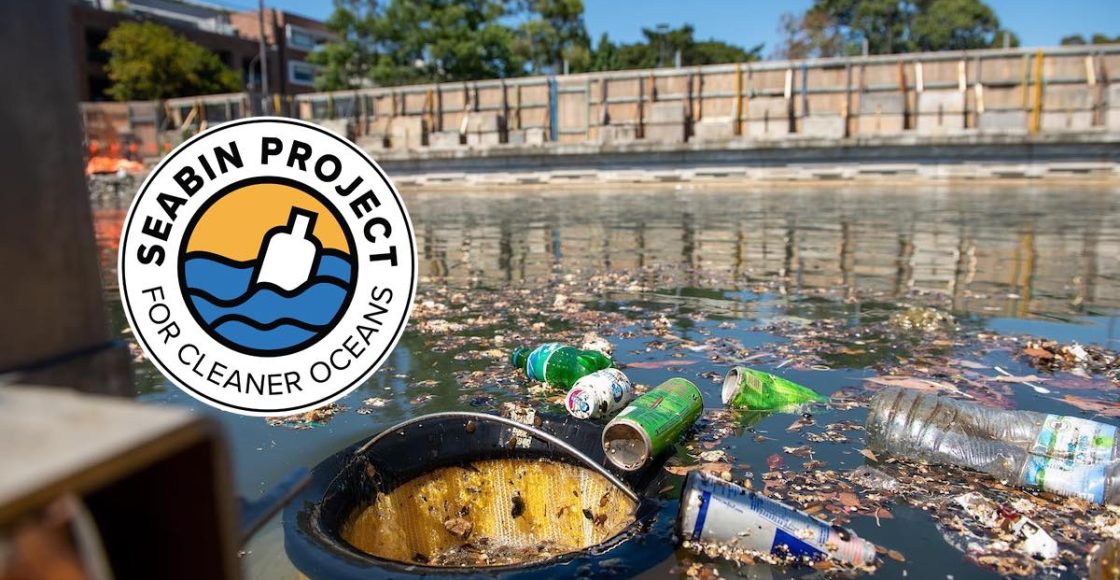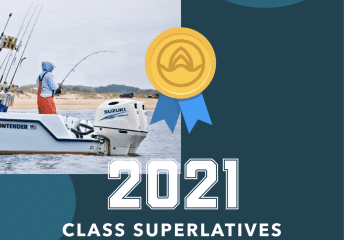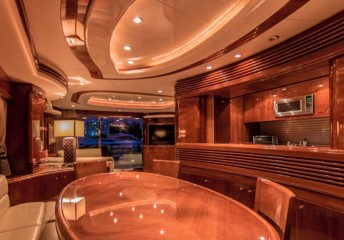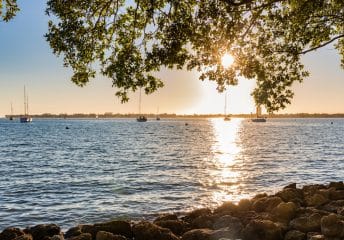Seabin Project for Cleaner Oceans | #MindYourWake Series
Last Updated on June 3, 2022 by Boatsetter Team
An Australian native and boatbuilder, Andrew Turton had long enjoyed traveling, sailing, and surfing. But, he had also long been bothered by seeing and swimming through trash in the same waters. Eight years ago, he and Pete Ceglinski, a fellow Aussie surfer and boatbuilder, quit their jobs to do something about marine litter, especially plastic pollution.
In fact, Ceglinski spent his life savings on leasing and renovating a defunct furniture-restoration factory in Spain to bring their idea to life (it helped that he had a background in product design and manufacturing, too). That idea: Seabin, a combination floating garbage bin and skimmer.
“I’d never done anything for anybody else or for the environment before,” Ceglinski says. But, he adds, he always wanted to be in a position to “make a positive impact on somebody else or the environment.”
Ceglinski and his fellow co-founder certainly have. In fact, Seabin has come a long way since the duo used a 60-year-old sewing machine to make the first components. The company now has a commercial manufacturing partner, plus has distributed nearly 1,000 bins in marinas and ports in 53 countries. Additionally, it claims its captured a total of 5.7 million pounds of trash which otherwise would reach the oceans. What’s more, Seabin estimates that it prevented 35 million pieces of plastic pollution amid that trash from reaching the oceans.
Learn more about Boatsetter’s #MindYourWake sustainability initiative.
What is the Seabin Project?
The way the unit works is pretty simple:
- As it floats with the tide, it sucks water and debris in from the surface via a submersible water pump.
- The water passes through a catch bag inside and pumps back out (the Seabin plugs into a 110/220-volt outlet).
- The litter, meanwhile, remains trapped in the bag, which can hold up to 44 pounds.
- Volunteers at the marina check the Seabin each day and empty it as needed.
- Then, they report their findings to Seabin’s headquarters.
For perspective, one Seabin can trap 90,000 plastic bags, or 35,700 disposable cups, or even 166,500 plastic utensils. But, it traps even more ocean pollution. In fact, Seabin says the most commonly caught litter is cigarette butts. Food wrappers aren’t far behind, either.
Of course, since plastic pollution is a big problem, it’s a primary focus. Perhaps not surprisingly, plastic pieces are a close second to cigarette butts in terms of the trash trapped. Bottle caps, straws—you name it, Seabin snares it. Even more noteworthy, though, each catch bag can trap microplastics as small as 2 millimeters. That’s the equivalent of a newly sharpened crayon tip.
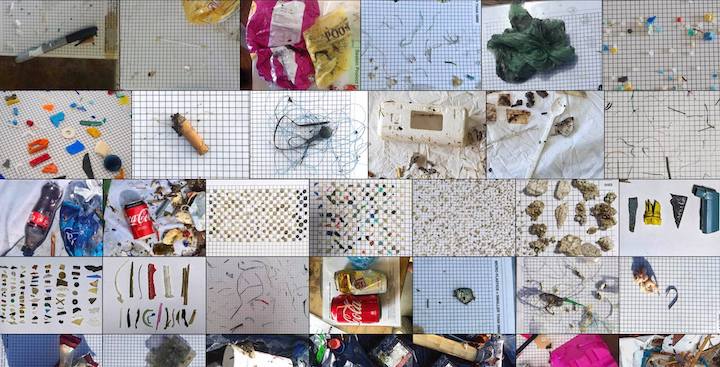
All Photos Courtesy of the Seabin Project.
Where are Seabins Used?
Seabins are primarily in marinas, which are the very same places that first tested the product in 2016. Marinas—as well as ports and yacht clubs—are targets because they’re relatively controlled environments. Specifically, they’re not subjected to swells like the open oceans. Furthermore, due to wind and currents, pollution tends to collect in the same spots in themover and over again.
While you can find Seabins at marinas across the United States and throughout Europe, Batavia Marina in Jakarta, Indonesia is a great case study. It received two Seabins in February 2021. A local advertising agency donated them, since Jakarta suffers significant ocean pollution. Two marina staffers empty the bins nearly daily and thoroughly note the contents. The agency uses this information in social-awareness campaigns aimed at residents. Additionally, the staffers note the brands behind the trapped plastic bags and other debris. The agency then informs the companies of how they’re contributing to the problem. It’s not to shame them, however. Rather, they want these companies to join forces with them.
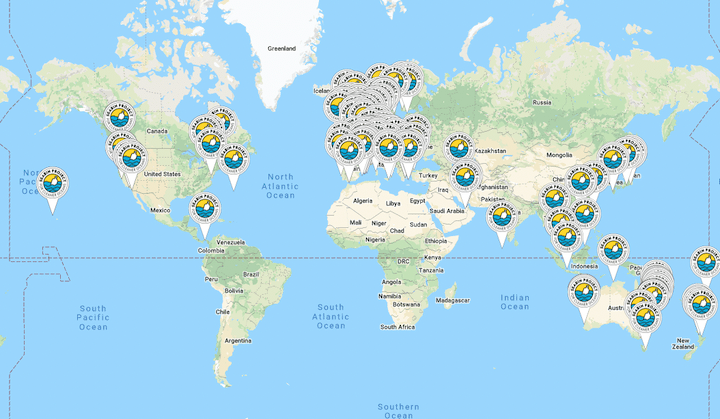
The Future of Seabin
Fittingly, that tactic aligns with the bigger picture that Seabin has in mind. The Seabin Project is a multi-pronged approach to ocean pollution. It leverages education, science, technology, and community galvanization. For instance, the Seabin Global Ambassador Program (GAP) is an initiative to teach children in the classroom about ocean pollution. Seabin says so far schools in five countries are using the GAP curriculum, and upwards of 2,300 children have benefitted.
As for science, meanwhile, Seabin is working with environmental engineers and others in scaling up and streamlining its data collection via an app. Additionally, last year it launched its 100 Smarter Cities for Cleaner Oceans campaign. Seabin wants to operate in 100 cities by 2050. Sydney, Australia is the first onboard, with Seabin having collected more than 35,274 pounds of marine debris in the inaugural year alone.
Ultimately, though, the founders of Seabin really want one thing: a world that has no need for their invention.“Everybody is aware of the ocean problem with the plastics, thanks to social media,” Ceglinski says. “We came in at a time where the world was screaming for a solution.”
To learn more, donate, or volunteer, visit the Seabin Project.
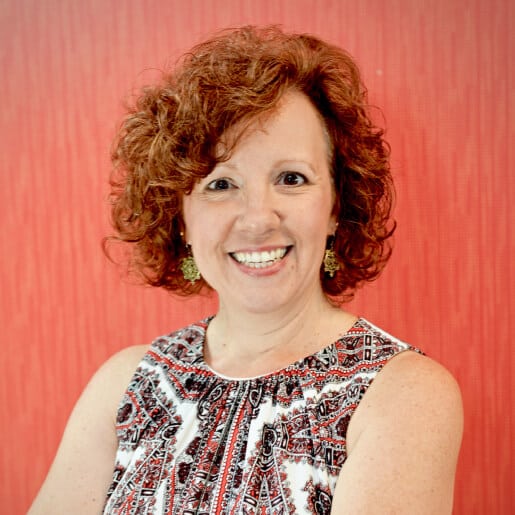
A journalist with more than 30 years’ experience, Diane M. Byrne is the owner
of MegayachtNews.com, a daily website educating American superyacht owners, buyers, and
their circles of influence about the leading builders, designers, cruising destinations, and more.
She founded the website in 2007 as the first, and still the only, American-focused online media
outlet exclusively covering this market. It features all-original content, for real stories of real
interest.
Diane is additionally one of the most-sought-after journalists for expert editorial coverage and
commentary about not only superyachts, but also general boating and yachting. Her byline
appears in Boatsetter.com, DiscoverBoating.com, and the magazines Luxury Guide, Ocean,
Yachting, and Yachts International.
Additionally, Diane is the Chair of the U.S. Superyacht Association, having been on the Board of
Directors since 2015. Outside of yachting, she’s a trustee of Sempre Avanti, a non-profit
resource supporting Italian and Italian-American individuals, businesses, and organizations in the
United States and Italy.
